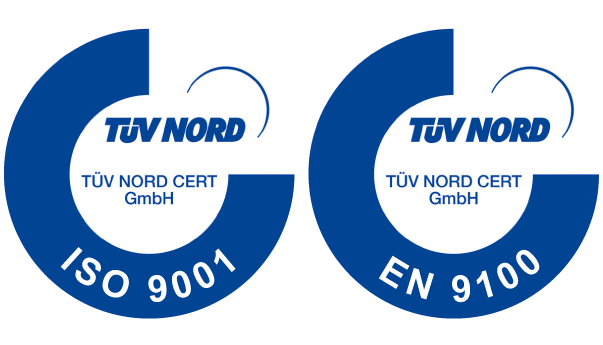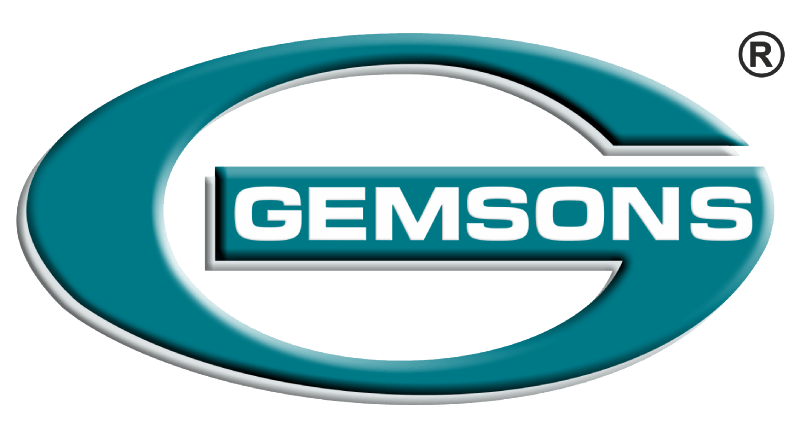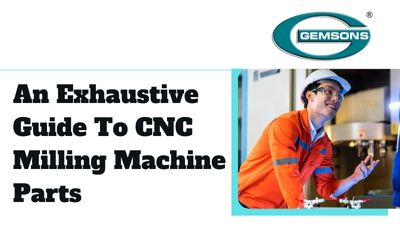CNC (computer numerical control) milling is an increasingly popular additive manufacturing process that allows for the mechanical etching of three-dimensional shapes from a computer-generated design. It cuts materials such as aluminium, steel, plastics, and wood with industrial cutting tools such as rotary hammers or drills.
The milling machine uses computerized systems to move the programmable tool head in two dimensions across the material being cut to carve out shapes that are often intricate for specialized applications. A CNC Milling Machine can be a hefty investment, so it’s important to know exactly what you’re getting yourself into. This guide will help you understand the CNC machining parts. So keep reading.
CNC Milling Machine parts
1) Tool Changers
A tool changer is one of the CNC machining parts that move the tool at an appropriate speed to perform work on different parts of the machine from different locations. This machine has a huge benefit; without it, your machine will not be able to perform work on different parts of your machine from different locations. For example, if you have a 2-Axis mill without a changer, you will have to manually move your tool from Z0 to Z1 to cut the second component; if you have a three-axis mill without a tool changer, then you will have to manually move your tool from X0 to X1 and Y0 to Y1 for it to perform the same job.
2) Spindle
A spindle is a powerful tool that typically puts force on the cutting tool head. It is used to move the tool head and make intricate cuts. Some common spindles include Extruder, linear, ball screw, helical, and planetary.
3) Axes
The axes are the main moving parts of the machine. They allow the spindle to move in all planes. The most common axes include: X, Y, and Z
4) Frame
The frame is usually the foundation of any CNC milling machine. They are typically made of steel, aluminium, or other strong material.
5) CNC Control Panel
The controls are often the most important part of a CNC machine. The controls can be used to control other aspects of the machine, such as the programmable tool head, spindle movement, rotary hammers, and cutting speed.
6) Tool Holders
The tool holders are one of the main parts of CNC machining. Hold the cutting tools in place and make cuts. They usually have a roller or belt drive system to move the tool head at the desired speed.
7) Coolant Tank
The coolant tank is used to hold a coolant which is necessary to keep the cutting tool from overheating while cutting a material. The tank is often connected to a coolant pump with hoses.
8) Columns
The columns are typically made of aluminium, steel, or other strong material. They are used to locate the part to be machined on the machine and move it on the X, Y, and Z axis for precise cuts.
Conclusion
So there you have it! These are CNC machining parts. The CNC machines are incredibly popular for cutting materials such as plastics, wood, and metals. They are sometimes used in the automotive, aerospace, and manufacturing industries.



Recent Comments